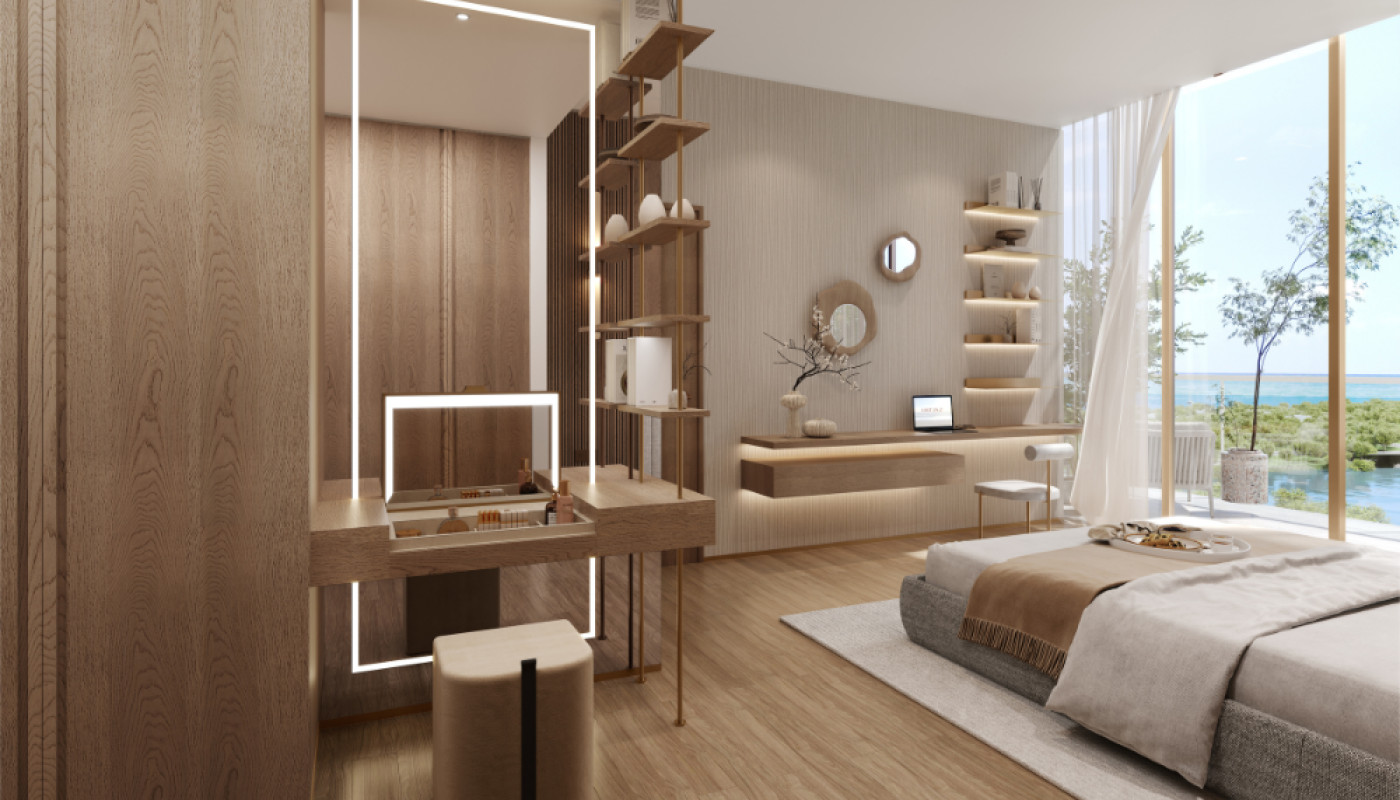Table of contents
The allure of the past never truly fades away. It simply gets repackaged in newer, more contemporary forms that help it retain its charm and remain relevant in modern times. Among the myriad influences from yesteryears that continue to captivate our aesthetic senses, Art Deco stands out as a style that marries sophistication with flair. Pioneered during the 1920s and 1930s, this architectural movement is seeing a revival in modern homes today - carrying an air of old-world elegance within fresh layouts. With its bold geometric patterns, rich colors, and luxurious materials, Art Deco exudes a timeless appeal that can transform ordinary spaces into striking statements of design.
The Genesis of Art Deco
The origins of Art Deco can be traced back to the roaring 1920s and 1930s, a period when this distinctive style dominated the world of architecture and interior design. Born out of the International Exhibition of Modern Decorative and Industrial Arts held in Paris in 1925, this unique aesthetic quickly took root and blossomed across the globe. Its defining features - geometric shapes, bold colors, and luxurious materials - captivated the zeitgeist of the era, embodying a sense of optimism, exuberance, and glamour.
Throughout the following decades, the Art Deco style evolved, subtly adapting to the changing tastes and cultural shifts. Yet, its core principles remained intact, reinforcing its lasting influence on the architectural and design landscapes. Moving into the present day, the echoes of the Art Deco movement continue to reverberate in contemporary home décor trends. Modern designers, drawn to its timeless elegance and daring flamboyance, are reviving this historic style, weaving its iconic elements into today's interiors.
SEO keywords: Origins of Art Deco; History; Architectural trend; Interior Design; Contemporary home decor.
Defining Characteristics Of Art Deco Style
Art Deco, an eclectic artistic and design style that emerged in the 1920s, continues to charm designers and homeowners with its distinct blend of geometric designs, lavish ornamentation, and sometimes even stark minimalism. The defining characteristics of this style are a testament to a time when craftsmanship and detail were paramount. Geometric shapes such as chevrons, zigzags, and stylized floral motifs are key elements that make the art deco style easily recognizable.
In addition to the bold patterns and lines, Art Deco is also known for its rich, vibrant color palette. Traditional Art Deco interiors commonly featured bold color schemes with hues such as black, silver, chrome, and metallics, along with vibrant jewel tones. These colors were often used to create high contrast and dramatic visual effects, further enhancing the lavish ornamentation of the style.
Fast forward to modern times, the Art Deco style has been cleverly adapted to suit contemporary aesthetics. While the geometric designs remain, they've been softened and paired with a more muted and minimalist color palette - a nod to our present-day love for minimalistic aesthetics. Nonetheless, the essence of the opulent and lavish ornamentation is not lost but rather skillfully integrated into modern décors, allowing the historical charm of Art Deco to truly shine in modern homes.
Incorporating The Essence Of Art-Deco Into Modern Homes
The allure of the 1920s and 1930s Art Deco style lies in its bold geometric forms, vibrant color schemes, lavish ornamentation, and high-end finishes. Despite its nearly century-old roots, it has proven timelessly stylish, making it an excellent choice for incorporating elements into modern homes. When integrating Art Deco aesthetics, one can choose to focus on a particular living space such as the bedroom, living room, or dining area, or imbue the entire home with an overarching Art Deco theme.
For those favoring a subtle approach, smaller Art Deco touches can be introduced through decorative accents, lighting fixtures, or furnishings. This could include pieces with distinct geometric patterns, metallic accents, or even a vintage Art Deco mirror or chandelier to serve as a focal point.
For those with a preference for opulence, an all-out Art Deco makeover can transform your home into a glamorous haven reminiscent of the Roaring Twenties. One could opt for bold, geometric wallpaper, luxury fabrics, extravagant light fixtures, and furniture with a distinctive Art Deco aesthetic. Irrespective of the chosen route, the aim should be to capture the unique blend of simplicity and luxury that is characteristic of the Art Deco style.
Creating opulent interiors and reviving Art Deco in modern homes is not just about incorporating elements of the past. By embodying the Art Deco style, you are also creating a vibrant, luxurious space that blends time-honored elegance with modern comfort and functionality.
Similar articles

Edible Landscapes: The Future of Suburban Lawns

Discovering Wynwood Horizon: Luxury Living in Meydan

Top 4 tips for renovating your home

How to sell your house quickly?

